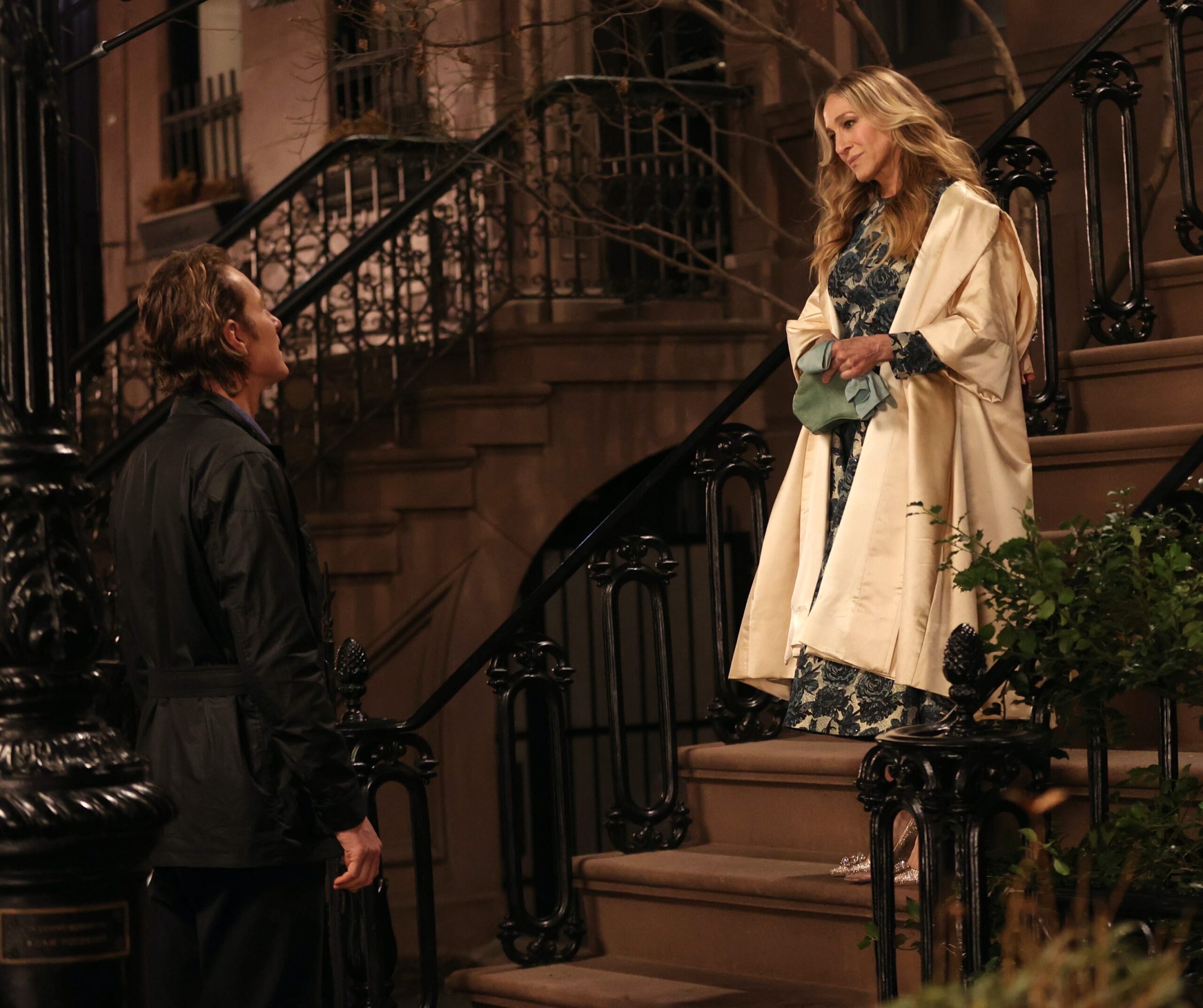There’s no denying that a lush houseplant can add warmth and liveliness to your home, whether you opt for porch-side plants or a faux fiddle leaf fig tree. That is, if you manage to keep them alive. For those of us without a green thumb, it can sometimes feel like the list of a plant’s must-haves in order to thrive are completely off-the-rails: Full sunlight, warm conditions, frequent watering. It begs the question, why do plants get better treatment than we do? However, if you’re a beginner who wants to give being a plant parent another chance, philodendrons are one of the simplest plants to care for. Not only are they beautiful, with wide, waxy leaves in a vibrant green color, but they’re also not too fussy.
Before you invest in yet another plant that could wither away on your windowsill, there are a few key factors to consider. Below, find out everything you need to know before getting a philodendron plant.
What are philodendrons?
Philodendrons are a breed of tropical plant that make easy houseplants. There are a few different varieties, including climbing and non-climbing variants, and some philodendrons even have different colored leaves. The Pink Princess, for example, can grow bright fuchsia foliage. While they’re popular indoors thanks to their low-maintenance nature, you can also grow these plants outdoors. But be warned: As a tropical species they do best in environments of 65°F and above, so it might be best to keep them indoors unless you live in a warmer climate.
Do philodendrons need sunlight?
All plants need some degree of sunlight, but philodendrons are popular in part because they do best in partially-shady environments. Philodendrons with more color variety in their leaves tend to crave a bit more sun, while the solid-green ones can thrive in lower-light conditions. You could probably keep a species like this in your bathroom, so long as you leave it on a windowsill to soak up some rays every now and then. However, because there are so many philodendron varieties, it’s best to consult with your local plant store to determine if the version you have requires low light or not.
How often should you water your philodendron?
Unlike some other houseplants, philodendrons do not need daily or even bi-weekly watering. In fact, experts recommend watering no more than once a week, depending on your environment. Simply touch the dirt in your philodendron’s pot, and if you’re sensing that the top inch is dry, add a splash of water. You should make sure that your planter has a good drainage system to remove excess water and prevent root rot. If your philodendron starts developing yellow leaves, that could be a sign of over-watering.
Can you propagate philodendrons?
Yes! In fact, philodendrons are one of the easiest plants to propagate. Simply cut off a stem of your plant below a node and submerge it in water. In just a few days, you’ll be able to see baby roots growing in. That’s your sign to plant the propagation in some nutrient-rich dirt.
Do philodendrons need to be pruned?
Ordinarily, you should not have to prune your philodendron. You may do so if you prefer they stay below a certain size, or if you see any yellow leaves you’d like to remove. But don’t throw those cuttings away–even yellow leaves can be propagated and turned into fresh plants
Are philodendrons pet-safe?
If you’re the owner of a curious cat who likes to nibble on your houseplants, you may want to avoid this species. Philodendrons are considered toxic to cats, dogs, and other critters because they contain calcium oxalate, so this is a plant you’ll want to keep out of reach from your fur babies.

Tatjana Freund is Hearst’s Fashion & Luxury Commerce Editor, covering beauty, fashion and more across multiple brands. Previously, she worked at ELLE.com and Marie Claire. She’s a fan of whiskey neat, podcasts that give her nightmares, and one time Zoë Kravitz laughed at a joke she made.







